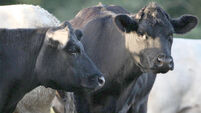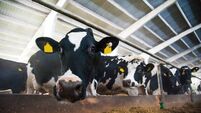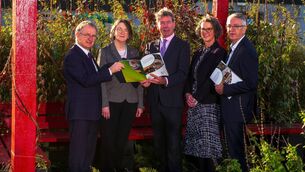Forests branch out with modern technology
After meeting thousands of farmers at last week's National Ploughing Championships, forest industry leaders were confidently predicting a rise of as much as 1000 hectares in afforestation this year.
Planting in 2001 was 15,500 hectares, compared with an industry target of 20,000 hectares, and there were fears of a fall this year.
But farmer interest has jumped in the past six to eight weeks, said Kevin Hutchinson of Coillte at the Ploughing.
According to a spokesperson for Green Belt, the biggest non-state forestry company, forestry premiums are now the only support guaranteed to farmers by the Irish government and the EU for the next 20 years.
Jim Reidy, Forestry Development Officer in Teagasc, also reported increased farmer interest. "We are expecting very big attendances at our new series of farm demonstrations in the next few weeks," he said.
He forecasts that within 10 years, more farms will have trees than traditional tillage crops.
A new interactive system of forestry training was launched by Forestry Minister John Browne on the Teagasc stand at the Ploughing.
The new training system uses DVDs (digital video discs), to bring virtual reality to the classroom.
They will be used in Teagasc training programmes for the 14,000 landowners currently involved in forestry, and for the additional 1,500 landowners who develop a forestry enterprise on their farms each year.
For people contemplating a forestry enterprise, there is detailed instruction on the economic implications, the initial preparation and the alternative systems of planting on the DVDs.
And for people with an established forestry enterprise, there is guidance on maintaining the plantation in the critical early years and on best management practices for quality timber.
The importance of environmentally compatible afforestation is also given prominence. The training programme will be run by specialist forestry advisors in local Teagasc centres throughout the country.
Jim Reidy said, "Farmers now own 250,000 hectares of forestry, most of which has been planted during the past decade. A potential additional 400,000 hectares could be planted, without any impact on income from conventional agriculture."









